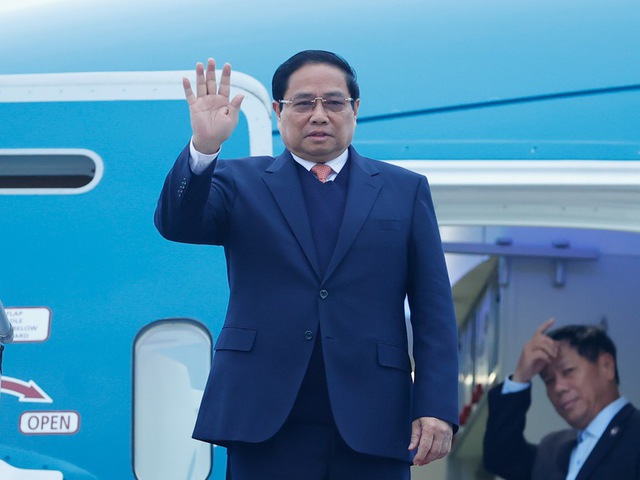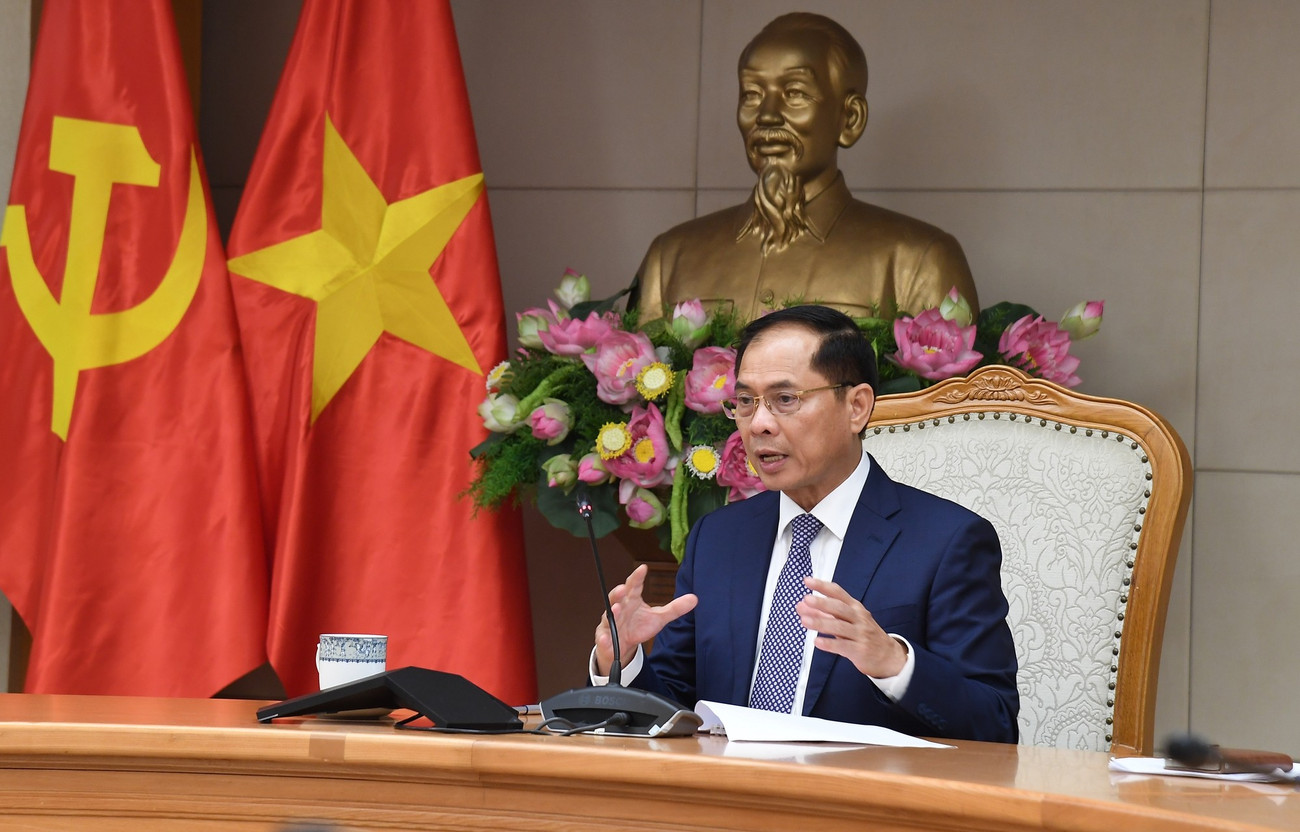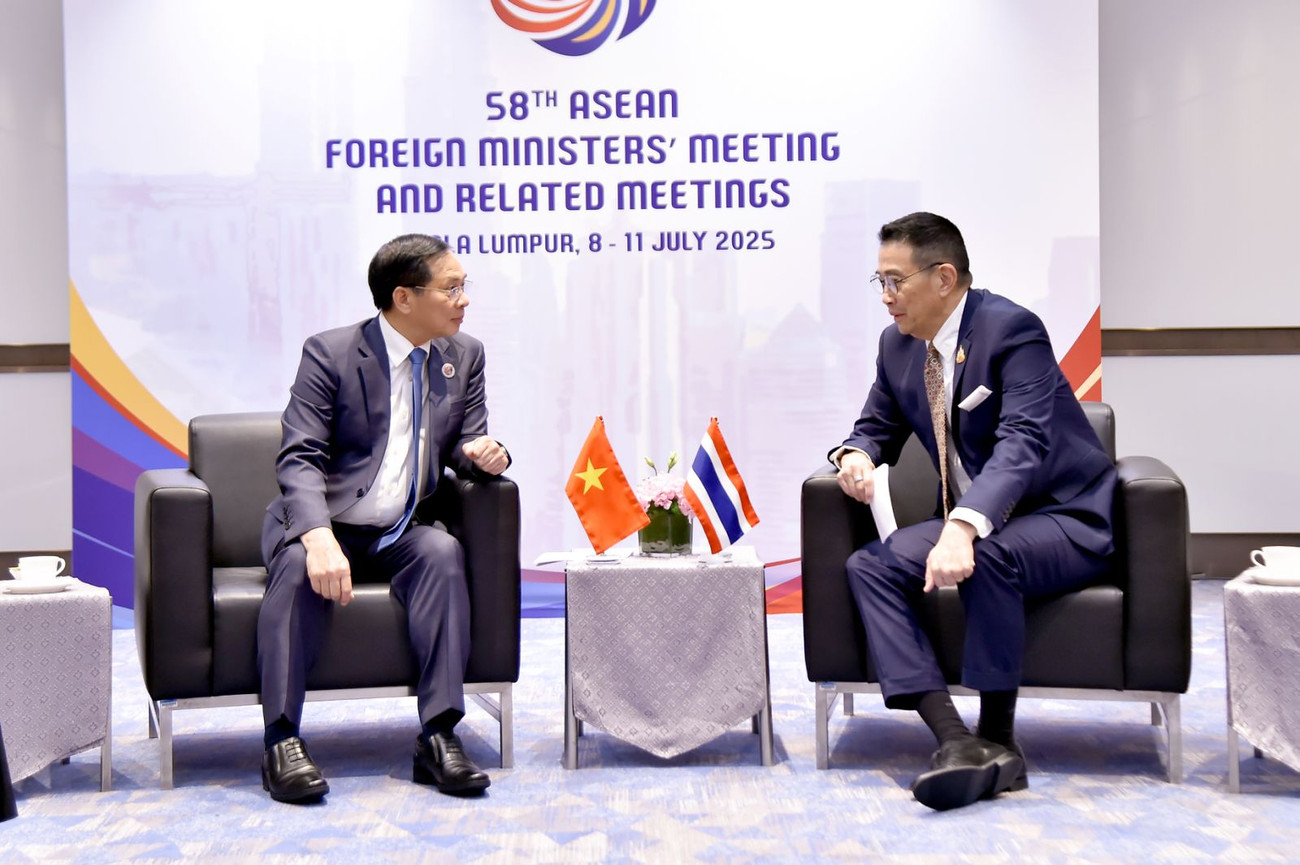MOIT VIETNAM | Lao economy manages to overcome difficulties
/ News / Activities
Lao economy manages to overcome difficulties
With the depletion of foreign currency reserves and rising inflation, Laos is facing a rather serious economic crisis, reflected in two essential problems with all economies: petroleum and public debt.
To put it bluntly, almost every country in the world is more or less in trouble after two years of raging COVID-19 and the outbreak of the Ukraine war, accompanied by reciprocal sanctions that have stalled payments and trade. , severely affecting many essential commodities such as food, medicine, gasoline, etc.
Of course, in the global crisis, whether rich or poor, governments are struggling, the difference is the ability to foresight and the financial and relational strength.
For Laos, anyway, after a few months of scarcity, on June 27, it seemed that the bottleneck had been temporarily removed by the government's release of $ 102 million to partially solve the fuel crisis.
In Laos, the shortage of gasoline started quite early, from the end of March, when gas stations in Luang Namtha province closed because they ran out of gas, then Pakse and Savannakhet, before spreading to Vientiane on the afternoon of May 9, the newspaper reported. Laotian Times 10-5 said.
How does Laos choose to deal with the problem of gasoline prices, which are imported entirely, keep increasing? Laotian Times reported on March 15 that the government chose to adjust prices weekly instead of two weeks as before, according to Industry and Trade Minister Khampheng Saysompheng.
“The state is trying to find solutions to the growing fuel crisis, including cutting highway reconstruction funds or other road funds, as well as revenue management,” Dr. Khampheng explains. government through taxes and fees in an attempt to regulate domestic fuel prices”.
Last week, fuel prices in Laos increased for the fifth time this year, leading to an increase in premium gasoline by 1,710 kip/liter (VND 2,600), regular petrol by 1,430 kip/liter (VND 2,200) and diesel by 1,570 kip/liter (2,400 VND).
It is also reasonable for Laos to choose to adjust prices periodically and Mr. Khampheng said the government is thinking of other measures to offset rising fuel prices. The problem is that the response is a bit slow. Laos' neighbor Thailand chose a different solution and implemented it early.
From February 15, Reuters reported: “The Thai cabinet on Tuesday agreed to cut the excise tax on diesel for three months, reducing 3 baht per liter (nearly 2,000 VND) from 5.99 baht (nearly 4,000 VND) now to help mitigate the impact of high energy prices.”
Thai Finance Minister Arkhom Termpittayapaisith told a news conference that the tax cuts would reduce tax revenue by 17 billion baht ($526 million), which is expected to be partially offset by increases in other taxes. when the economy recovers.
Deputy Finance Minister Santi Promphat further informed that the reduction of diesel tax would give the Ministry of Energy more flexibility in its goal of keeping the retail fuel price below 30 baht per liter (VND 19,800).
Perhaps in a way, the Thai government has an easier margin than its neighbors thanks to their resources. But it can also be seen that they have foresight and act early, right from February 15.
Right from the beginning of the crisis, many countries from the West to the East struggled to find ways to remove and help people, especially the poor.
According to the Thai daily The Nation on February 11, there are 3.4 million Thais who are assessed as "multidimensionally poor" (based on medical care, education, living standards), with the common definition of living in poverty. with an income of less than 5.5 USD/day (ie 128,000 VND, equivalent to 3.8 million VND/month).
For ease of comparison, the poverty line with low- and middle-income countries of the World Bank is 3.2 USD/day (ie 74,000 VND, equivalent to 2.23 million VND/month), while the Vietnamese standard is 2 million VND or less in urban areas and 1.5 million VND in rural areas (Decree 07/2021/ND-CP).
It is understandable that Laos is more difficult due to the long-standing financial problems of the government, as shown by the following news in Laotian Times on June 27: “According to [Finance] Minister Bounchom [Ubonpaseuth], the government The government has opened a line of credit to the Laos National Fuel Corporation to purchase about 200 million liters of fuel.”
It can be seen that the problem of all problems is that the Lao government does not have foreign currency available to import gasoline, struggling forever, so now it has opened a credit guarantee of $ 102 million to import gasoline to "cool off" the crisis. thirsty.
Additional information can be found: Fitch's credit rating for Laos is CCC, which means there is a possibility of default, with the comment "foreign exchange has become limited".
In October 2021, while most of Southeast Asia was still struggling against the COVID-19 epidemic, the press in many places reported that Laos' first high-speed railway line, connecting China's Yunnan province to the capital Vientiane, nearly 6 billion USD, inaugurated.
The attention is understandable, simply because the high-speed railway, which is a dream for even many major economies in the region, is a symbol of modernity and development.
In fact, there is nothing wrong in wishing for modernity in the context that public transport is lacking and lacking in standards. But modernity is not just a lost railway, but must be synchronized.
For example, Paris is what it is today thanks to the ingenious 19th-century mayor Georges-Eugène Haussman - who saw the French capital as a "sick" city and considered city planning as a whole. The "surgery" (Peter S. Soppelsa, The fragility of modernization: infrastructure and everyday life in Paris, 1870-1914, University of Michigan 2009).
Right from the time of Haussmann, people have seen and seen 5 main difficulties of planning and infrastructure work, the number one is the financial problem when financing large projects.
With Laos, the financial difficulties to build high-speed railways are solved by an endlessly budgeting "genius" partner, China, which is less difficult than other partners. As a result, the Vientiane - Kunming high-speed railway project, 414km long, with a speed of 160km/h, with a total value of nearly 6 billion USD, of the Laos - China Railway Joint Venture Company (LCRC) was opened.
In the LCRC, three Chinese state-owned enterprises hold 70%, and one Lao state-owned enterprise holds 30%. The company signed a BOT agreement with the Lao government at a debt-to-equity ratio of 60:40 ($3.54 billion in debt and $2.36 billion in equity).
This debt, LCRC borrows all from the Export-Import Bank of China (China Eximbank); reciprocal capital of the two governments of Laos and China is 730 million and 1.63 billion USD respectively (china.aiddata.org).
However, it should be noted that out of 730 million USD of capital contributed by Laos, 480 million is borrowed from China Eximbank, the remaining 250 million USD is Laos' own capital, paid in installments.
The railway will be licensed for 50 years to the LCRC. The company will be responsible for maintenance costs and other risks until the end of the franchise term and hand over the project to the Lao Government.
However, the LCRC can also request the Lao Government to extend the concession (Laotian Times December 27, 2021). In addition, Director of the Investment Promotion Department under the Ministry of Planning and Investment of Laos Outakeo Keodouangsinh said that it is expected that after 23 years of operation, the railway will be profitable.
This railway will contribute to the opening of trade for Kunming province in particular and the whole southwestern region of China, which is located deep inland, through cargo routes connecting to the sea in Southeast Asia.
The cost of the railway is part of the reason that “Laos public debt amounted to $14.5 billion last year, with about half of that going to China, according to the World Bank” (Bloomberg 15-6). Currently, financial analysis firms are warning about risks to the Lao economy.
-
/ News / Activities
Prime Minister Pham Minh Chinh’s Strategic Visit to Laos Marks New Chapter in Bilateral Relations
Prime Minister Pham Minh Chinh’s official visit to the Lao People’s Democratic Republic and his co-chairmanship of the 47th meeting of the Vietnam–...
-
/ News
Deepening Cooperation, Strengthening Regional Unity
On the afternoon of July 28, 2025, at the Government Headquarters in Hanoi, Deputy Prime Minister and Minister of Foreign Affairs of Vietnam, Mr. B...
-
/ News / Activities
Vietnam and Laos Accelerate Toward Deeper Regional Integration and Unprecedented Trade Growth
In an era where regional connectivity and economic resilience are critical pillars for national development, Vietnam and Laos are emerging as a mod...



.PNG)
.PNG)
.PNG)


